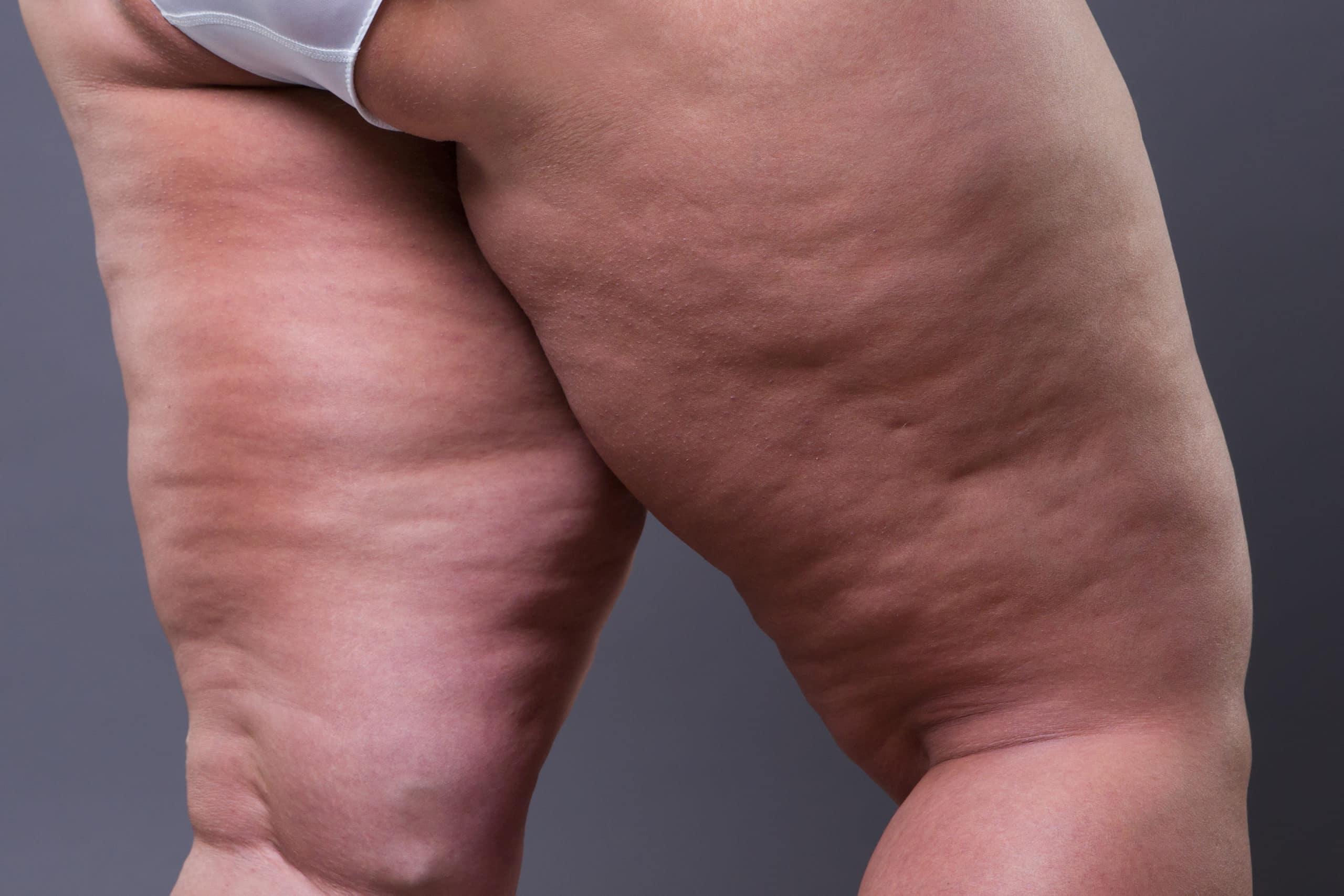Weight gain and body fat are often misunderstood, and conditions like lipedema are frequently mistaken for obesity. While both involve fat, the causes, symptoms, and treatment approaches are very different. Understanding these differences is crucial for proper care and management.
What Is Lipedema?
Lipedema (علاج الوذمة الشحمية بدون جراحة) is a chronic disorder of fat metabolism that primarily affects women. It causes abnormal, symmetrical fat deposits in the legs, hips, buttocks, and sometimes arms. Unlike regular fat, lipedema fat is:
-
Painful or tender
-
Resistant to diet and exercise
-
Prone to easy bruising
-
Progressive over time
This condition can significantly affect mobility and quality of life if left untreated.
How Obesity Differs
Obesity is characterized by excess body fat throughout the body, usually caused by a combination of lifestyle factors, genetics, and metabolism. Key differences include:
| Feature | Lipedema | Obesity |
|---|---|---|
| Fat distribution | Symmetrical (legs, arms, hips) | Often throughout the body |
| Pain | Common | Rare |
| Diet/Exercise Impact | Minimal effect | Often effective |
| Bruising | Easy, frequent | Rare |
| Swelling | Often present | Rare |
Recognizing these differences can prevent misdiagnosis and ensure proper treatment.
Symptoms of Lipedema
Besides disproportionate fat, lipedema can cause:
-
Legs or arms that feel heavy or sore
-
Nodular, firm fat deposits
-
Reduced mobility in later stages
-
Emotional stress due to body image challenges
Causes and Risk Factors
While obesity often stems from lifestyle and metabolic factors, lipedema is influenced by:
-
Hormonal changes (puberty, pregnancy, menopause)
-
Genetic predisposition
-
Vascular and lymphatic dysfunction
Diagnosis
Correct diagnosis is critical. A specialist will evaluate:
-
Fat distribution patterns
-
Pain and sensitivity
-
Family history
Imaging tests and physical exams can help confirm lipedema and rule out obesity or lymphedema.
Treatment Approaches
Lipedema:
-
Conservative care: Compression therapy, lymphatic drainage, low-impact exercise, anti-inflammatory diet
-
Surgical options: Lipedema-specific liposuction to remove abnormal fat
Obesity:
-
Lifestyle changes: Diet, exercise, behavioral therapy
-
Medical interventions: Weight loss medications or bariatric surgery for severe cases
While obesity can often be improved with lifestyle changes, lipedema fat is largely resistant to diet and exercise, making targeted treatment essential.
Living with Lipedema
Lipedema affects both physical and emotional well-being. Patients often face pain, mobility challenges, and frustration over misdiagnosis. Support groups, therapy, and education are essential for managing daily life and improving quality of life.
Conclusion
Understanding the difference between lipedema and obesity is essential for proper treatment and compassionate care. Lipedema is not caused by overeating, and recognizing its unique symptoms ensures patients receive the support and medical attention they need. Early diagnosis, lifestyle management, and targeted treatments can make a significant difference in health and well-being.

Join our community to interact with posts!